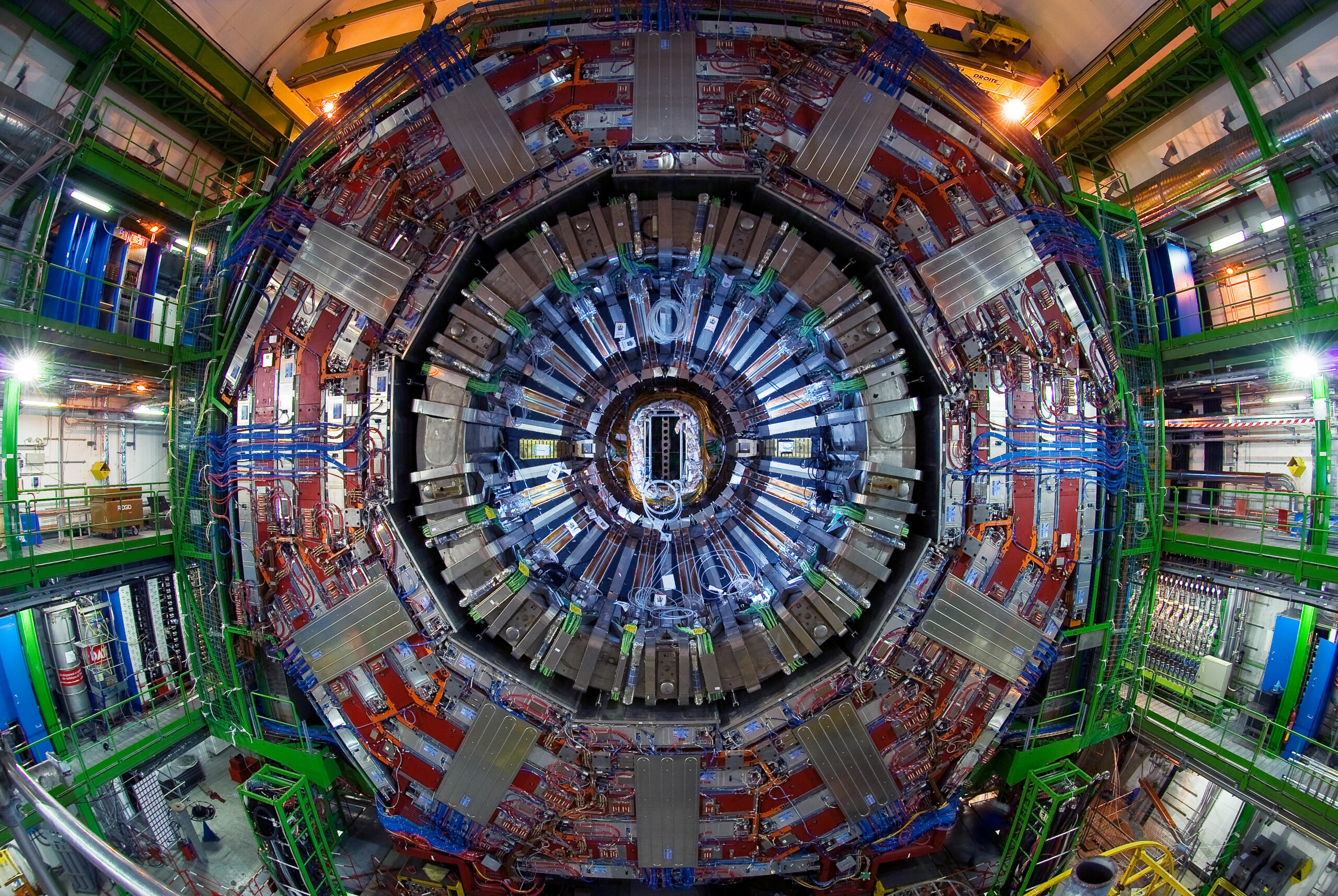The establishment of the European Organization for Nuclear Research, widely known as CERN, marks a significant epoch in the annals of modern science. This venerable institution, nestled on the Franco-Swiss border near Geneva, emerged as a beacon of inquiry into the fundamental constituents of matter. To fathom the depths of CERN’s establishment invites one to traverse a landscape rich with historical context and scientific intrigue.
Founded in 1954, CERN was conceived in the aftermath of World War II, a period characterized not merely by conflict but also by a burgeoning desire for unity and collaboration among nations. As the world rekindled its focus on scientific advancement, politicians and physicists alike recognized the imperative to foster a milieu of cooperation where ideas could flourish across borders. This nascent organization drew its breath from a collective vision that transcended nationalistic ambitions—an ambitious hope to probe the very fabric of the universe.
The initial discussions that catalyzed CERN’s formation seem almost prophetic in retrospect. Identifying the potential of particle physics as a unifying field, leaders like the physicist and visionary Isidor Rabi articulated a compelling argument for European collaboration in scientific research. Rabi, along with others, envisioned a future where a consortium of nations could pool resources, knowledge, and talent to unravel the mysteries of the microcosm. Thus, in 1952, during a conference in La Sapienza, Rome, plans for a new research organization began to take shape, coalescing around the objective of establishing a laboratory capable of conducting high-energy physics experiments.
The formal establishment of CERN on September 29, 1954, also marked the birth of what would become the world’s largest particle physics laboratory. The organization’s genesis was enshrined in its founding convention, which was signed by twelve European countries. These nations, an assemblage united by a commitment to scientific exploration, unwittingly laid the foundational stones for a collaborative framework that would endure through the decades, evolving into a body that now boasts 23 member states.
One cannot help but draw a metaphorical parallel between CERN’s inception and the early days of human civilization itself—a nascent gathering of brilliant minds, akin to a primordial tribe, uniting to seek understanding of their environment. Just as our ancestors pondered the stars and sought the essence of their existence, CERN’s physicists delve into the subatomic realms. Their goal? To decipher nature’s most profound enigmas, from the forces that bind atoms to the very cosmic origins of our universe.
CERN’s early years were marked by spectacular scientific endeavors, including the construction of its first major particle accelerator, the Proton Synchrotron, operational by 1959. This accomplishment not only underscored CERN’s capacity for innovation but also established its stature as a leader in the field of particle physics. The Proton Synchrotron served as a veritable crucible, where protons could be accelerated to unprecedented energies, allowing researchers to probe the fundamental forces at play in subatomic interactions. Equally significant was the emergence of the understanding that particles behave like waves, a revolutionary concept which mesmerized physicists and ushered in the era of quantum mechanics.
As CERN continued to expand its horizons, the decades spun into a tapestry of groundbreaking discoveries. The invention of the World Wide Web in 1989 by Tim Berners-Lee at CERN epitomizes the organization’s ethos of sharing knowledge and fostering collaboration across diverse disciplines. This technological innovation transformed not merely the scientific landscape but also the very fabric of global communication, illustrating the profound impact that institutions like CERN can wield beyond the realms of physics.
Transitioning to the contemporary era, CERN has become synonymous with cutting-edge research. The launch of the Large Hadron Collider (LHC) in 2008 represents the culmination of decades of innovative engineering and theoretical advancements. This colossal accelerator, encircling the laboratory in a 27-kilometer tunnel, allows physicists to recreate conditions akin to those just after the Big Bang, shedding light on the elusive particles that comprise our universe. The discovery of the Higgs boson in 2012, heralded as a monumental breakthrough, encapsulated CERN’s mission—illuminating the mysterious mechanism that confers mass upon particles.
Looking ahead, CERN stands at the precipice of countless opportunities for exploration. The organization’s progressive vision encompasses not only efforts to unravel the secrets of dark matter and antimatter but also the pursuit of technologies that may redefine our grasp of the universe. The unfolding narrative of CERN is a testament not just to human curiosity and ingenuity but to the collaborative spirit that seeks knowledge for the betterment of society.
In summation, the establishment of CERN represents an indelible chapter in the quest for understanding our universe. From its post-war inception driven by a commitment to cooperative research, to its current status as a global leader in particle physics, CERN embodies the collective aspirations of nations to transcend borders in the pursuit of knowledge. As we stand on the shoulders of giants, peering into the mysteries of existence, one must recognize that the journey CERN embarked upon in 1954 continues to unfurl, promising revelations that may alter our comprehension of reality itself.












